As we write this blog with a heavy heart, we just want to tell you that for a mother, her kids are always equal. She cannot compare; she cannot choose the better one. But then, there is only so much melodrama we can put in the intro section. In all honesty, it is tough to compare the EBC trek (the usual) to the EBC Gokyo Ri trek, as both come with pros and cons. One major difference is that the Gokyo Ri trek is apt for the more physically fit. Not only is the trek longer, but the terrain is tough too. However, this difficulty is often rewarded by the beauty one gets to see en route.
So, instead of comparing them, let us talk about the experience one would have upon choosing either. You may then decide which one you would prefer more.
At TrekNomads, we do both!
So, let’s talk about the common stuff first. You see, the trek would start with an early morning flight to Lukla, then there would be a trek to Phakding, an overnight stay there and another trek to Namche Bazaar. After Namche Bazaar, the route differs from the usual trek and the Gokyo Ri-Chola pass trek.
While we had a strong urge to talk about the scenic beauty of Lukla, and the amazing hospitality of the people in Phakding, let us give that a pass and move on to what happens after Namche Bazaar.
EBC Trek Standard Route: Namche Bazaar to Tengboche
Let’s start with the itinerary first so that you may get an idea of how you’d be trekking, where the stops would be and other necessary things.
- Trek from Namche Bazaar to Tengboche
- Trek from Tengboche to Dingboche
- Acclimatisation Day at Dingboche
- Trek from Dingboche to Lobuche
- Trek from Lobuche to Gorakshep and then trek to Everest Base Camp
- Sunrise trek to Kalapatthar then Trek to Pheriche
- Trek from Pheriche to Namche Bazaar
The Multiple Peaks
The biggest highlight of this route comes right at Tengboche itself. The journey from Namche to Tengboche is full of picturesque scenery presented by Mt Nuptse, Mt Lhotse, Mt Ama Dablam and, of course, the mighty Mt. Everest.
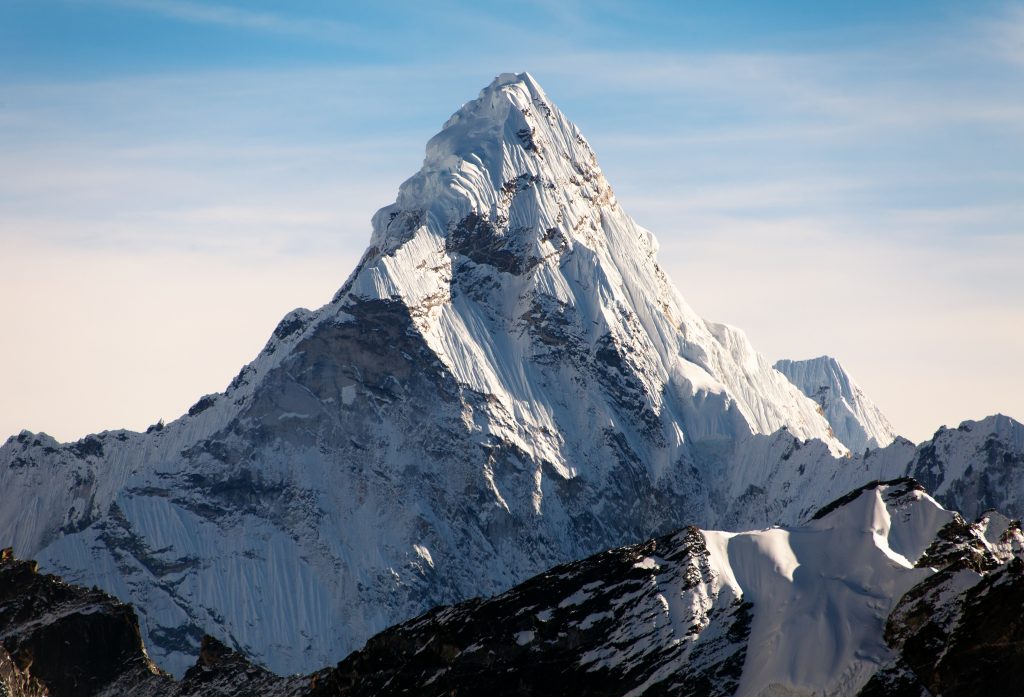
The Rich Fauna
This trail is more or less smooth and rich with flora and fauna. Some common animals you may spot en route include the famous Musk Deer, the Himalayan Tahr, the Mountain Yak and (if you are extremely lucky) the Red Panda, Snow Leopard. When it comes to the birds, in addition to several unnamed migratory species, you can get to see the Himalayan Monal, the Golden Eagle, the Tibetan Snowcock, and the Blood Pheasant.
The Red Panda, for your reference, looks like a small fox. Many trekkers confuse it for a fox but remember; it’s a panda as there are no foxes on this terrain.

The Tengboche Monastery
You will see the Tengboche Monastery, also known as the Dawa Choling Gompa. Located in the Tengboche village, this monastery is the largest in the region. Located in the mesmerising Sagarmatha National Park, the Tengboche Monastery offers a panoramic view of the Himalayas.
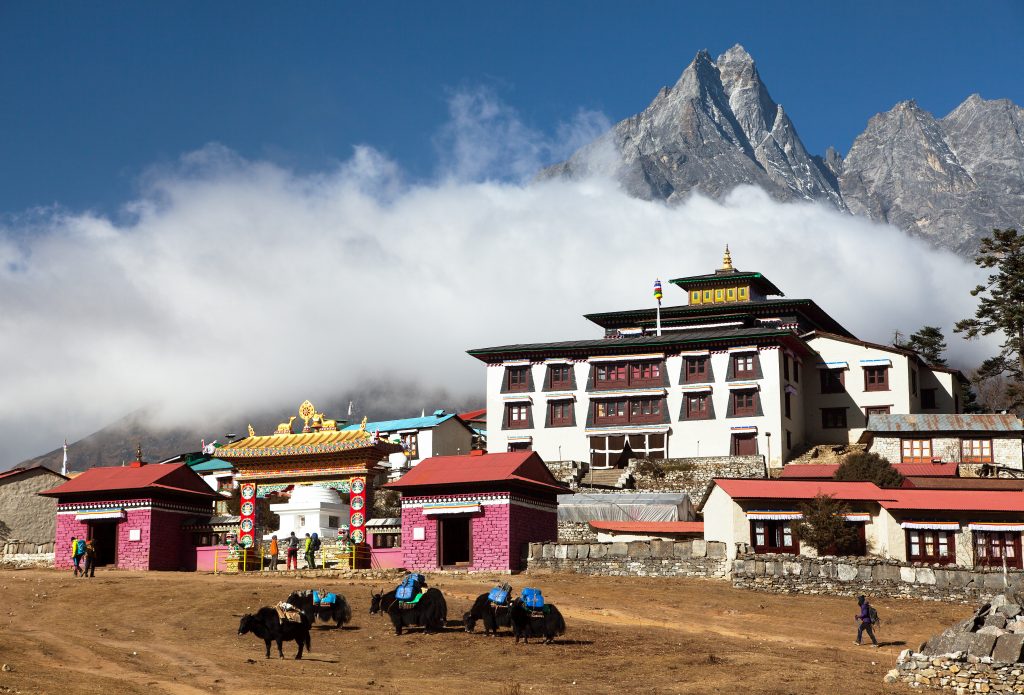
The Fischer-Sherpa Memorial
The Memorial of famous American Mountaineer Scott Fischer and Babu Chiri Sherpa also falls along the way. Scott Fischer trekked Everest so many times and even perished there. The tales of him still living at the summit make great nighttime stories. Babu Chiri Sherpa was a Nepali mountain guide who summited Mt. Everest at least ten times. The memorial houses multiple photographs of the duo from their treks and many accoutrements.
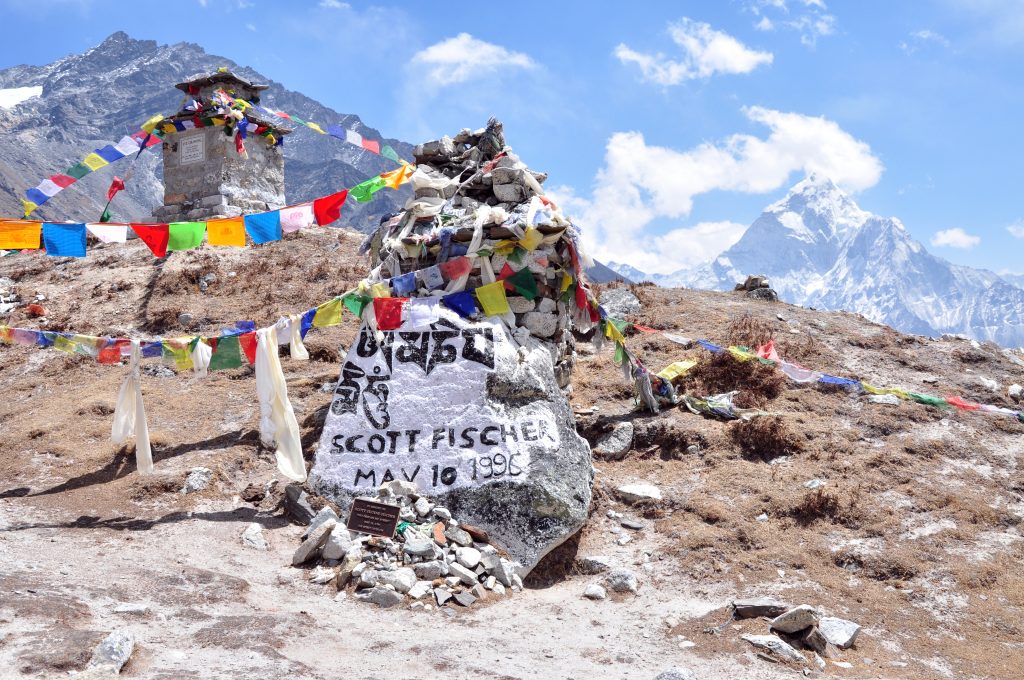
And Some Majestic Peaks again
At the famous Khumbu Glacier moraine, one can see the Khumbutse, Lingtren, Pumori, and Mahalangur Himal. The beauty of these peaks is as beautiful as it can be. One can also catch a glimpse of the might of Mr Nuptse here.

Now, let’s discuss the Gokyo Ri route.
EBC Trek Gokyo Ri Route: Namche Bazaar to Phortse Thanga
Again, let us look at the itinerary first so that you may get an idea of how this trek differs from the standard one. As you can see, this trek is longer than the last one. But, that is not the only difference. There is a lot more, too, which we will now discuss.
- Trek from Namche Bazaar to Phortse Thanga
- Trek from Phortse Thanga to Machherma
- Trek from Machherma to Gokyo
- Trek from Gokyo Lake to Gokyo Ri and then trek to Dragnag
- Trek from Dragnag via Chola Pass to Dzongla
- From Dzongla via Lobuche to Gorakshep, Sunset at Kalapatthar
- Sunrise trek to Kalapatthar followed by a trek to Everest Base Camp
- Trek from Gorakshep to Pangboche
- Trek from Pangboche to Namche Bazaar
This trail is Devoid of Trekkers.
The title was a bit hyperbole, but very few people trek through Gokyo Ri, mostly because the trek is about the Everest base camp at the end of the day. And why would anyone spend two extra days on tough terrain when they can take the shorter route. However, for seasoned trekkers or actual nature lovers, Gokyo Ri is the trek to go for. For example, look at this scenic picture taken right after the Namche Bazaar detour, roughly 15 minutes into the trail. Now, don’t you think this scene is worth more than the two extra days?

It is Meant for Adventure Junkies
The Gokyo Ri trek consists of three ultimate high-altitude adventures: The Gokyo Ri climb, the Chola Pass, and the EBC-Kala Patthar trek. The Gokyo Ri climb is roughly 5,334 metres above mean sea level. While the terrain isn’t particularly rocky or tough, it does test your stamina because you cannot simply go barging around. The Ngozumpa glacier traverse, for instance, is about careful footwork. Again, we do not mean to scare you, but it can get extremely slippery. Similarly, the Chola pass tests your endurance too.
The good news is that these three sub-treks are the only tough parts. Also, it is important to note that the Gokyo-Ri pass is full of ups and downs. The 5,334 metres bit that we talked about- well, you will have to climb that height three times. The Kala Patthar trek (at 5,644 Metres) is another challenge – however by this time one is acclimated with the cold and altitude.
Hence, you need to train well and dedicatedly for the Gokyo-Ri trek.
The five lakes on the trek
Somehow, most material on the internet does not talk about these five breathtakingly beautiful lakes. However, we are going to do that. There is no specific name allotted to these lakes. There is also a possibility that they are just random water bodies, but the feeling they give is mesmerising. All of these lakes are located at really high altitudes. The First two lakes will surprise you because they are water bodies in the centre of snow-clad terrain.
They also reflect the beauty of Cho Oyu, making for some amazing insta worthy shots. Then come the three next lakes, which are simply huge and then comes the last lake (if you may call it one). This last one remains frozen throughout the year. So, it can be called a thin layer of ice instead. It is, however, important to note its presence because you cannot walk on it. The ice may break. You will get a beautiful view of the Cho Oyu at this point.
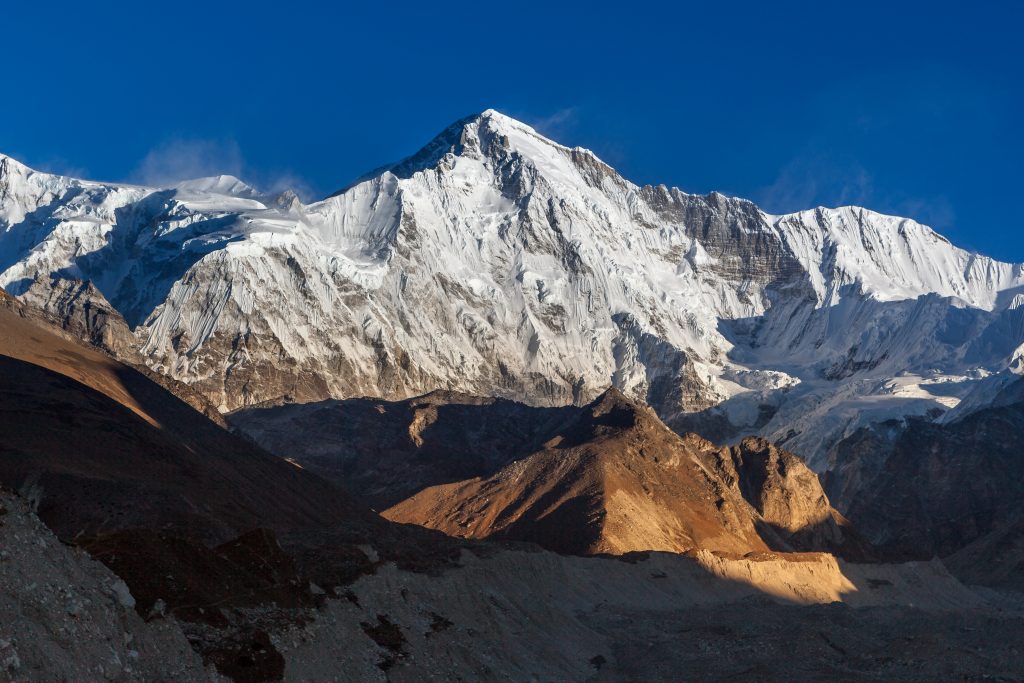
The Better View of the Mount Everest
This one is subjective, and the views may differ, but most people say that the view of Mt Everest from Gokyo Ri is better than what you get from Kala Patthar. Since it isn’t as close to Mt Everest as Kala Patthar, you can see a bigger, better view of the mountain.
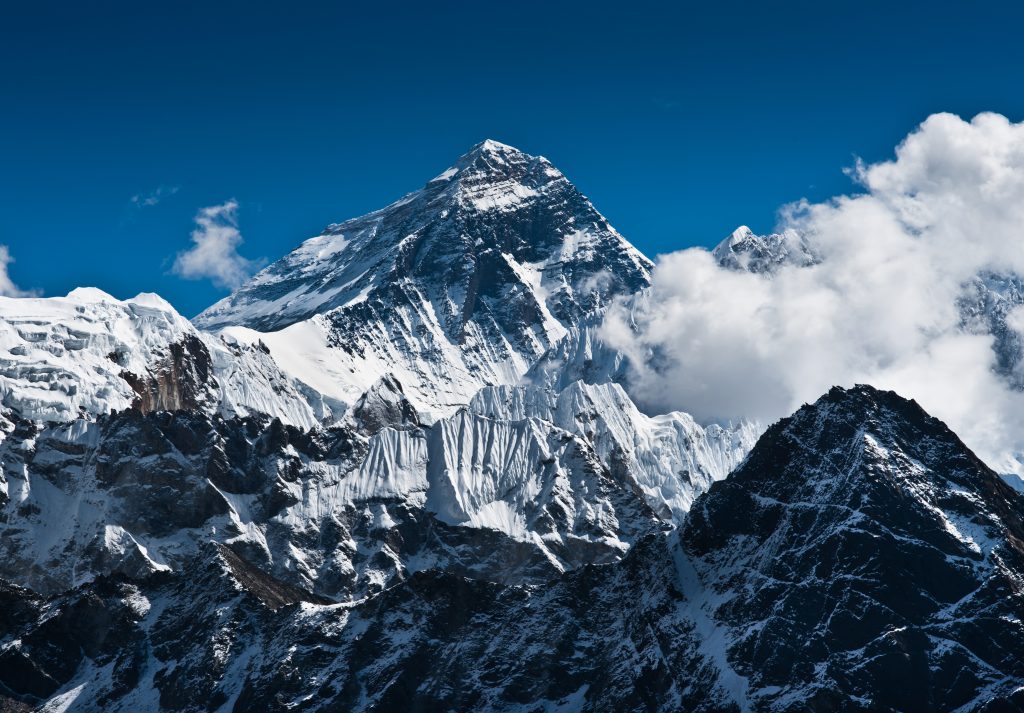
Now that we have discussed the beauty of these two routes let us talk about a couple of deciding factors too.
Everest Base Camp vs Gokyo Ri: Trekking Experience
As we mentioned, Gokyo Ri isn’t the trek many people prefer. While the standard EBC trek is fairly straightforward, and you come back on the same route as the one you trekked before, it isn’t the same for Gokyo Ri. When the Gokyo lakes and Chola pass are added, the backtracking is reduced significantly.
This way, while your trek to EBC through Gokyo Ri increases by roughly two days, the kind of scenery that you get to see gets diversified too.
Everest Base Camp vs Gokyo Ri: When to Go (Seasons)
The EBC trek through the standard route can be done anytime between March to May and September to November. However, the same isn’t true for Gokyo Ri. The Mid-October to Mid-February time is when almost all the higher passes in the region are closed. Thus, while you can trek to Gokyo Ri, you will have to return to the main trail for the rest of the trek to EBC.
Thus, if you plan your trek around this time, avoid the Gokyo Ri one.
Everest Base Camp vs Gokyo Ri: Difficulty
While both the treks end at the same point, the terrain of the Gokyo Ri route is marked by several highs and lows. As we mentioned, there are three climbs and descents on the Gokyo Ri trek, all of which come to around 5000 m. Also, it is about two extra days long, and the Chola pass, with its ice trail, can be fairly challenging.
So, friends, this was more or less the comparison between the treks. You can choose the one that suits your interests better.
Many beginners go for the standard EBC trek, and the seasoned trekkers go for Gokyo Ri because of its experience and adrenaline boost.
We have laid down the pointers; at the end of the day, the choice is entirely yours.
Click here to know about the Upcoming EBC TREK
Related blogs:
The Ultimate List of things to pack for the Everest Base Camp Trek
Everest Base Camp Guide: All You Need to Know About The Trek
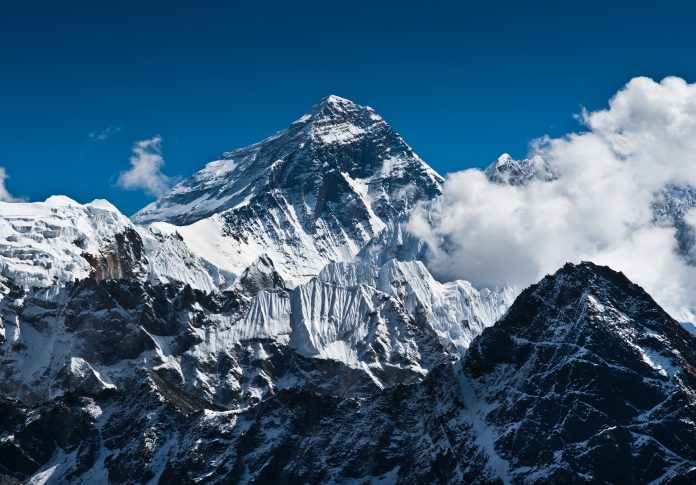
[…] Many beginners go for the standard EBC trek, and the seasoned trekkers go for Gokyo Ri because of its experience and adrenaline boost. […]
Hi! I would be interested in joining the group for Mt Everest base camp tour in the month of October. Can I get the detailed description with the cost. Thanks
Sorry for the delayed response. You can check all the details about EBC on the link shared here – https://www.treknomads.com/everest-base-camp
[…] we had written a blog comparing the trek routes through Namche Bazaar and Gokyo-Ri. You can give it a read sometime later. But for now, let’s get some basics right about the EBC […]
[…] the Gokyo-Ri trek. We have a blog comparing the Gokyo-Ri route vs. the usual trek route. So you can check it out for […]